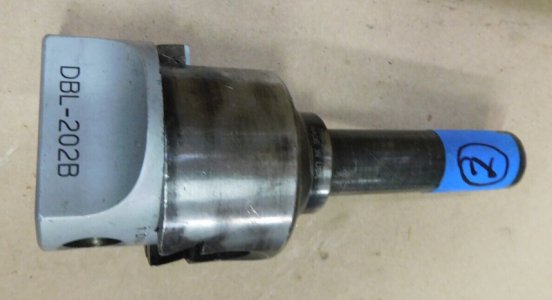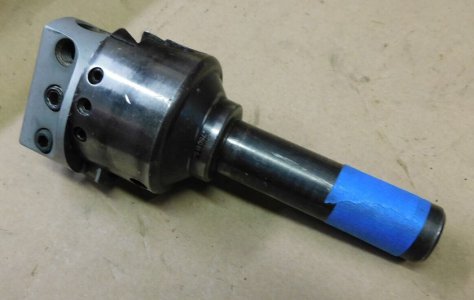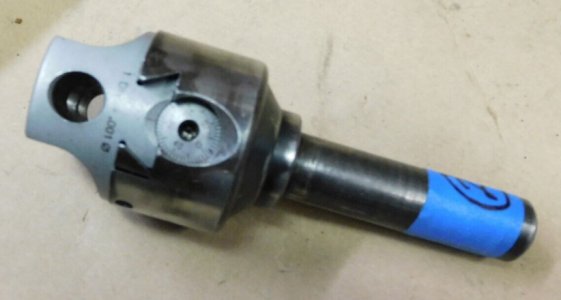- Joined
- Oct 17, 2018
- Messages
- 922
R8 ones are not as widely available as straight-shank ones at the moment. I've seen about 2 on sale now, but I've seen about 10 straight-shank ones. The shanks do screw off, so one could buy the head and the shank separately. I was just trying to find everything in one package.If my knee mill has an R8 spindle (Bridgeport clone) is there any reason I would want to get a straight shank instead of a RB shank boring head? It seems like an R8 shank would be one less piece in the puzzle (no collet) and less likely to flex?
I asked the question about using a straight-shank in an R8 collet in in earlier post in this thread, but haven't got an answer yet. I'm sure someone will chime in.




